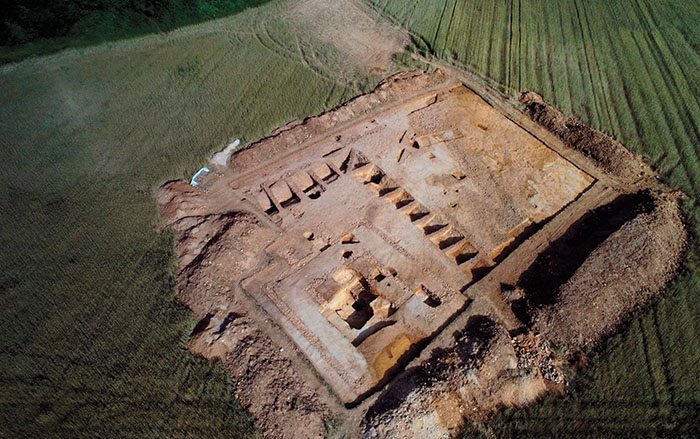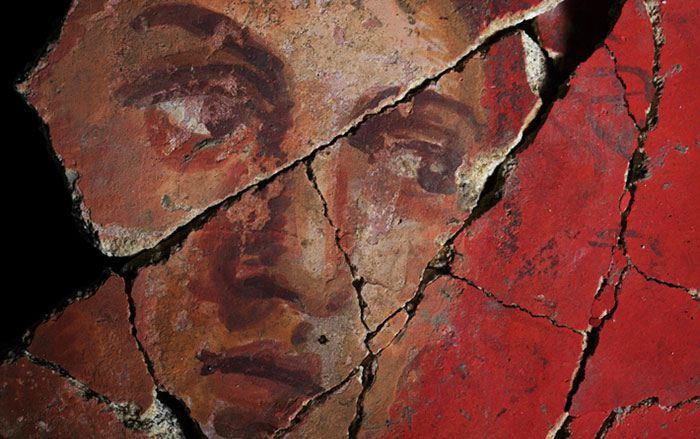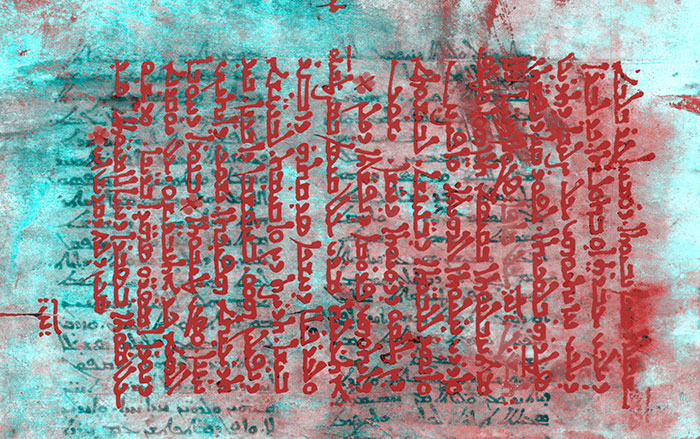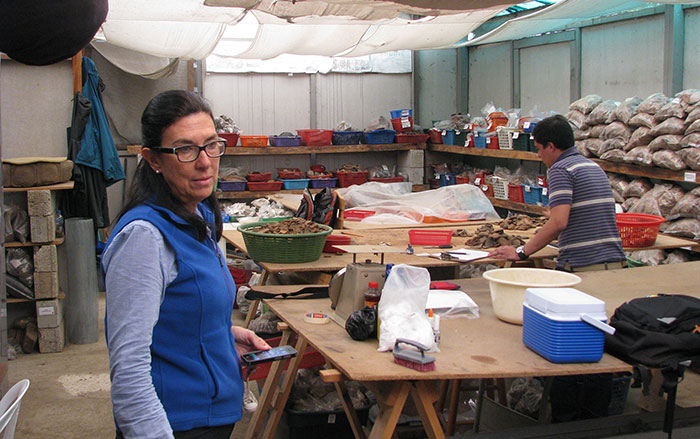HILDESHEIM, GERMANY—Raffaella Bianucci of the University of Turin led an international team of researchers in the investigation of the preserved lung found in a stone sarcophagus in the Basilica of St. Denis, Paris, in 1959. The lung was accompanied by skeletal remains, a strand of hair, jewelry, fragments of textiles and leather, and an elaborate copper belt, according to a report in Discovery News. An inscription on the ring suggested that the remains belonged to the Merovingian Queen Arnegunde, who lived in the sixth century. Bianucci said in a meeting at the International Conference of Comparative Mummy Studies that scanning electron microscopy on the lung biopsies showed a massive concentration of copper ion on the surface of the tissue. Copper oxide was also found in the lung biopsies. Low levels of benzoic acid and related compounds were also detected. “These substances are widespread in the plant kingdom and similar profiles have been already reported in the balms of Egyptian mummified bodies,” Bianucci said. The researchers think a fluid made of spices and aromatic plants was injected into the queen’s mouth and settled in her lung. Her copper alloy belt is also thought to have contributed to the organ’s preservation. To read more about forensic analysis of mummies, go to "Heart Attack of the Mummies."
Mummified Lung Tissue Tested
News April 18, 2016
Recommended Articles
Letter from France January/February 2026
Neolithic Cultural Revolution
How farmers came together to build Europe’s most grandiose funerary monuments some 7,000 years ago

Features November/December 2025
Temples to Tradition
A looted cache of bronzes compels archaeologists to explore Celtic sanctuaries across Burgundy

Features September/October 2025
How to Build a Medieval Castle
Why are archaeologists constructing a thirteenth-century fortress in the forests of France?


-
Features March/April 2016
France’s Roman Heritage
Magnificent wall paintings discovered in present-day Arles speak to a previously unknown history
 (Copyright Remi Benali INRAP, musée départemental Arles antique)
(Copyright Remi Benali INRAP, musée départemental Arles antique) -
Features March/April 2016
Recovering Hidden Texts
At the world’s oldest monastery, new technology is making long-lost manuscripts available to anyone with an Internet connection
 (Copyright St. Catherine's Monastery)
(Copyright St. Catherine's Monastery) -
Letter from Guatemala March/April 2016
Maya Metropolis
Beneath Guatemala’s modern capital lies the record of the rise and fall of an ancient city
 (Roger Atwood)
(Roger Atwood) -
Artifacts March/April 2016
Egyptian Ostracon
 (Courtesy Nigel Strudwick/Cambridge Theban Mission)
(Courtesy Nigel Strudwick/Cambridge Theban Mission)


